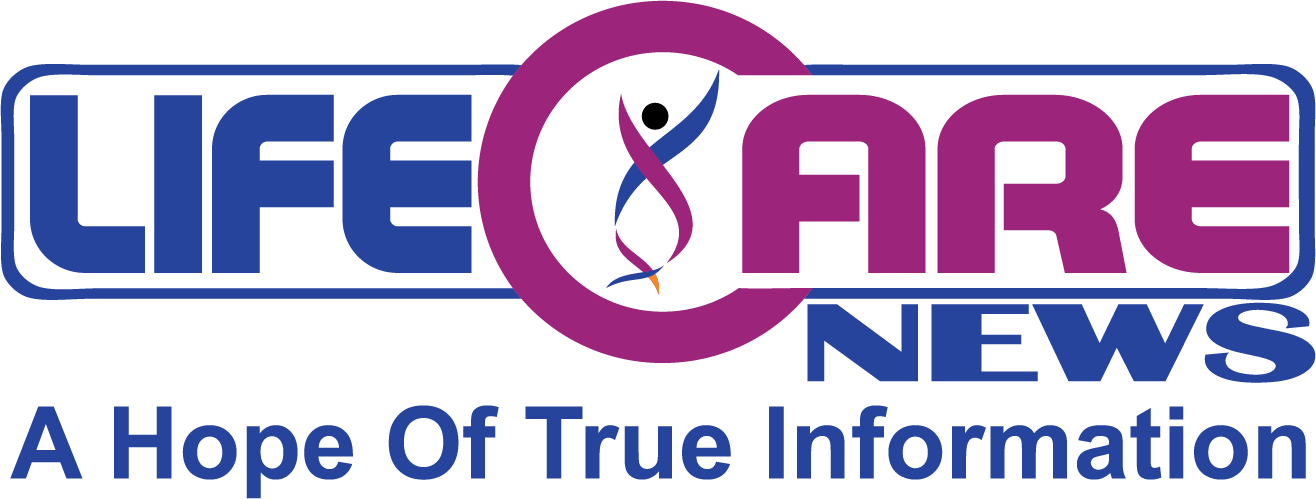Feb 05, 2025 – Anti-doping is one of the pillars of fair play and integrity in sport, and FIS continues to strive towards clean sport performances through its extensive doping control program. This year’s three World Ski Championships, as well as the Junior World Ski Championships, place extensive demands on its protocols due to the sheer number of events being held in a short space of time.
Under the stewardship of the Sports Integrity team, FIS is responsible for steering and supervising Doping Control allocation and implementation. At World Championships, it works alongside the Local Organizing Committee (LOC) to devise the most practical solutions for the administration of sample collection and transport.
First up is the FIS Alpine Ski World Championships running from February 4-16 in Saalbach, Austria, followed by the FIS Nordic World Ski Championships in Trondheim, Norway (February 26 – March 9). Then Engadin, Switzerland hosts the FIS Snowboard, Freestyle and Freeski World Championships from March 17-30.
Read on to get an insight into how aspects of anti-doping come together at the World Ski Championships.
Collaboration is key to success
Before the FIS Alpine World Ski Championships, the National Anti-Doping Agency Austria (NADA Austria), FIS and the LOC work in close cooperation to ensure all anti-doping measures are planned and implemented effectively.
This includes coordinating logistics, defining testing strategies, and ensuring compliance with international standards.
The multi-agency collaboration is essential for a successful anti-doping program, said Kevin Wieninger, Manager Testing Department of NADA Austria.
Each partner plays a key role in maintaining the integrity of the competition, with FIS setting the framework, the LOC providing operational support, and NADA Austria ensuring that all doping control procedures are conducted professionally and efficiently. This strong partnership allows for a seamless process that upholds the highest standards of clean sport. Kevin Wieninger, Manager Testing Department of NADA Austria Cornelia Blank is the LOC Anti-Doping Manager for the World Championships and is central to the stakeholder partnership.
She also plays a critical role in overseeing the operations of the event. This involves logistics for transport of athletes selected for testing and shipments of samples to laboratories as well as contingency plans in the event of unexpected changes.
While FIS draws up the Test Distribution Plan – the number and type of tests to be done -as an integral part of its year-round allocation, the LOC together with the NADA Austria decides on staffing requirements to guarantee smooth testing procedures in accordance with FIS rules and the World Anti-Doping Code.
Planning started over two years ago with the World Cup Finals in Saalbach in March 2024 acting as the test event. It allowed Blank to assess all aspects of logistics including the route athletes take to the Doping Control Station (DCS) and ensures suitability towards collaboration between the event operational areas.
The DCS at Saalbach was purpose-built for the World Championships and comprises two working rooms, two waiting areas, five toilets, and a check-in desk.
Another of Blank’s tasks is to ensure there are trained chaperones who notify athletes they have been selected for drug testing and then observe and accompany them to the doping control station.
While chaperones are volunteers supplied by the LOC, Blank, together with NADA Austria, trains and assigns them to the athletes to be tested. One chaperone is allocated to each selected athlete based on the test distribution plan drawn up by FIS.
Chaperones must be over 18, professional, resourceful, and able to react to changing situations. They also have to be fluent in English and free of conflict of interests in relation to their tasks.
How chaperones perform their role
Once the athlete enters the finishing area, the chaperone must identify themselves and inform the athlete they have been selected for Doping Control.
The athlete must sign the notification form with the chaperone explaining their rights and responsibilities, one being to support the process under the World Anti-Doping Code. Failure to comply can lead to an anti-doping rule violation.
The objective is that the athlete proceeds to the DCS without further delay. If they require urgent medical attention or have a medal ceremony or media duties, the chaperone continues to accompany them at all times.
Emily Procter has been a chaperone at three events starting with the opening stage of the 2018-19 Tour de Ski in Toblach, Italy. She was given training in navigating the event venue, anti-doping procedures, and understanding where athletes can and cannot go once notified of a doping test.
Thinking back to Toblach, she said, “We are links in a chain so we knew that we were surrounded by people senior to us that do this all the time and they have supervision of it all.
“So, we are just one link and you bring them to these much more trained people and they take over in that moment of testing. They’re like the eagles flying over where everybody’s moving.”
Procter believes that knowledge of the athletes and the sport, as well as sensitivity and discretion, are key to being a chaperone.
“I had a few athletes that came fourth or didn’t win and they bawled their eyes out and called their families or talked to their team trainer,” she recalls. “It helps if you have some kind of feeling for the sport and what they are doing.”
A doping control form awaits the athlete at the DCS. They sign in at the check-in desk and are given a doping control access pass which they return when they leave (signing out). This provides transparency and illustrates the efficiency of the process.
“The role of the chaperones is a not very visual one, but a very important one. Their sensitivity to understand the situation, dealing with elite athletes experiencing ups and downs after a sporting performance requires a lot of professionalism,” comments Blank. “Together with NADA Austria we are equipping them with all the information so they feel most comfortable in carrying out this role.”
An athlete’s perspective on drug testing
There are four types of doping control samples – urine, serum blood, full blood, and dried blood spot. The FIS Test Distribution plan outlines which samples are being collected from which athlete. Should they be required to provide a blood sample, depending on the blood sample type, the athlete must wait for one or two hours after activity before doing so. International technical standards are outlining such requirements in specific.
While anti-doping protocols in competition are part of being an elite athlete, British Cross-Country skier James Clugnet admits they can be a source of irritation.
“You don’t think about it,” he says. “You don’t have a choice and it’s so much better to just accept it and be like, ‘Whatever, I’ve done a good race at least.’ Sometimes it can be a bit annoying.
“Once, the race was really late, so the medal ceremony was at nine or something. Then they tested me and I had to wait another hour and a bit because it was so close to the race. It took so long and then I was so bored of it, but you just accept it. ”
They have to do their tests. It is so much better to have all these tests than to have people that are doping. We want fair races – every athlete wants fair races – so we’ll do everything we’re asked. James Clugnet (GBR), Cross-Country World Cup athlete and Athlete Representative The next stage is transportation to a WADA-accredited laboratory. At the Alpine World Ski Championships, there will be daily shipments from Saalbach to a selected laboratory. Depending on the required analysis, different laboratories will be used. All samples will after the analysis transferred for long-term storage up to 10 years for potential later re-analysis.






